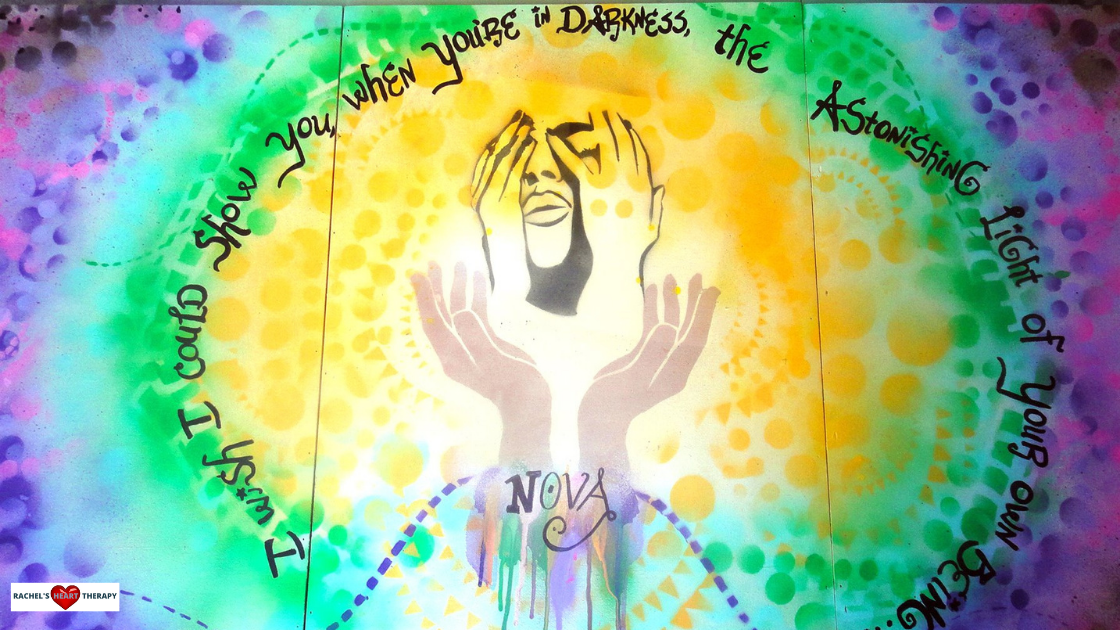
In this professional journal entry, I talk about a topic that is often a difficult one. Upon finishing a recent training specifically on suicidality (that is now required for continuing education for maintaining my MFT licensure in the state of California) I have a lot to share! Licensed therapists in every state in the U.S. must take continuing education training as part of continuing to practice as licensed therapists. The purpose of this is because mental health is a growing field, information and research are always changing and updating and it also ensures that therapists keep up with learning the most updated information helping to ensure best practice. It is a wonderful system, and I was happy to take the extra six hours now required on suicidality. Suicidality encompasses suicidal ideation which are thoughts and feelings about death by suicide, suicide plans or intent, and suicide attempts.
The recent training, I took was called: “Suicide Prevention, Assessment and Intervention” run by Ben Caldwell, PsyD, LMFT who tackles the latest suicide research! The goal of this training is for us therapists to continue to aid in the reduction of deaths by suicide. Notice how we now use and have for a little while now, but still is new, the term: “death by suicide” instead of “committing suicide”. This is because the term “committing suicide” is simply not appropriate anymore: it entails that the person took their own life and there is so much unnecessary shame and misunderstanding that comes with using this term. We know enough about suicidality that the individual experiencing this is feeling that this is the only way; and that there are no other options. This is the truth about the crushing experience of any aspect of suicidality. When folks struggle with suicidality, they truly feel it is the only option. When studying the research and working with patients as a clinician: one of the most insightful and valuable things I must express is that oftentimes when someone is struggling with suicidality: they do not want to talk about it, to anyone – this includes mental health professionals. Now, we are getting closer to how we as clinicians can try our very best to reduce deaths by suicide.
In the training I took taught by Ben Caldwell, he says that therapists need to say the word “suicide” like the word “hamburger”: personally, I like “veggie burger” not for any meaningful reason other than I just like the sound of it better. This is not to dismiss the pain, suffering, trauma, experience, and significance of suicidality. More so, we do this as clinicians in a very skillful way within the therapeutic relationship (ex: within how we say words, our tone of voice, and facial expressions, using meta-communication skills) in which we talk about suicidality. We say it in this way so our dear patients know that we can handle this topic and it’s okay to talk openly about it and that we can help them, and they are not alone in what they are experiencing. This skillful way of communicating about suicidality can save more lives and is so valuable. It builds trust and safety which are so very important for the therapeutic alliance in establishing a safe space to talk about this as it comes up. Of course, this kind of communication is not to come across as “flat” or dismissive, but to lessen the blow of fear around the topic in a safe and secure way. Phew! Difficult conversations, difficult emotions, and experiences: they are never easy!
“It is okay to talk about this. I want you to talk about this and I can handle what you have to say. I am here with you, and I know what to do to help you. We are going to get through this together. You are so brave for telling me.”
It is so unbelievably grounding to hear these words when faced with this difficult topic. Clinically, I notice, that it is very normal, natural, and needed for folks struggling with suicidality to know that someone knows what to do. Like the “solid responsive and in-tune parent” and as therapists, we model and provide this to our patients. It is normal in the face of suicidality to truly “blank out” and not be able to see that there are other options. Normalizing this is key and aiding in safety planning and safer options is also so important along with assessing safety and level of risk. Safety always comes first, and we communicate this to our patients in a way that shows them we care.
“I care about you; it is my job to keep you safe. We will unravel this and figure this out together!”
Also, I want to mention here how often unresolved trauma is linked to suicidality, which is also a very common and normal reaction to trauma. After the training I took solely on suicidality and best clinical practice: I began reflecting on how we can also use this “veggie burger” skill when working with trauma; especially since suicidality and trauma are often so linked. The word trauma is very used, and we need that word because it describes something very important just like suicidality: however, words can be so scary and traumatizing in themselves when we are at the height of these difficult feelings or the process of recovering/healing in the messy aftermath of traumatic experiences. So, I practiced (on myself) calling trauma “veggie burger” too! Just to see how it felt. I can report back to you that I found it helpful. I started to think about how in life we have the single patty veggies burgers. (Keep following me here!) We have the whooper veggie burgers and the big whopper veggies burgers. Just like we have the mini traumas and bigger traumas. When working with trauma, we as therapists must never compare traumas and that is not what we are doing here. I feel like this kind of communication can help to soften the fear naturally linked to trauma experiences. It is important to stay trauma-sensitive and informed when patients begin to process traumas and difficult emotions. Traumas are extremely unfortunate to happen to any human being, and just like suicidality, we are not alone as much as it sometimes feels. There is always help! Trauma is a part of life, of course, we do want to do the work to heal from them when it is accessible to us or the painful memories start to surface, etc., so that we are not left so exposed to more traumas happening in our life. However, just remember… we can only bite off what we can chew! So, if we have a big whopper veggie burger, it will take time. And that’s okay to take small bites! It is a lot for the system to digest and it is not a race. It takes time.
Thank you for reading along with this difficult topic, I hope it offered you some food for thought (see what I did there!)

We will walk this path together.
Warmly,
Rachel Howard, LMFT, ATR-BC, RYT
All images © Rachel Howard
Valuable related resources:
24/7 Warm Lines
Warm Lines (listed in the link above) are phone lines that are confidential and are phone lines you can call to prevent an oncoming crisis. These lines are run by peers who have gone through their own trauma recovery and substance abuse, and these peers do have some training, however, it is important to note that they are not trained, therapists. It’s such a great option if you do not have anyone to talk to and really need to talk, or for example, your therapist, friend, or other trusted person isn’t able to be available at that moment, you can always call the warm line! They are a great resource! Some warm lines do have an option to speak to a trained counselor as well, such as the NY Well Line.
Crisis Lines
24/7 confidential National Suicide Prevention Lifeline: 1-800-273-8255
Of course, 911 for an immediate emergency, or go to/call your nearest hospital and ask for care and they will help you.
Friendly reminder (disclaimer): The information in this entry is not therapy and cannot be a substitute for work with a licensed therapist. The information in the entry is only intended for educational purposes around the topic of suicidality and best practice.
